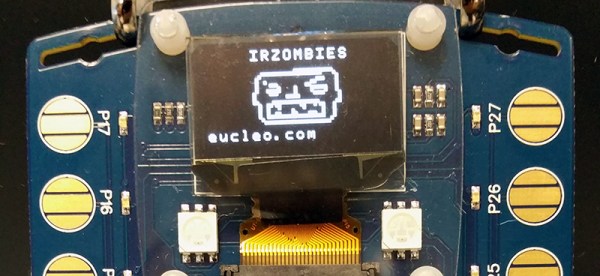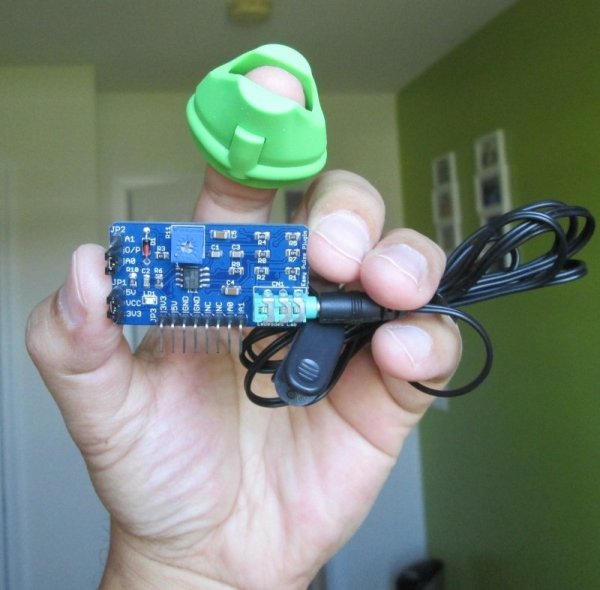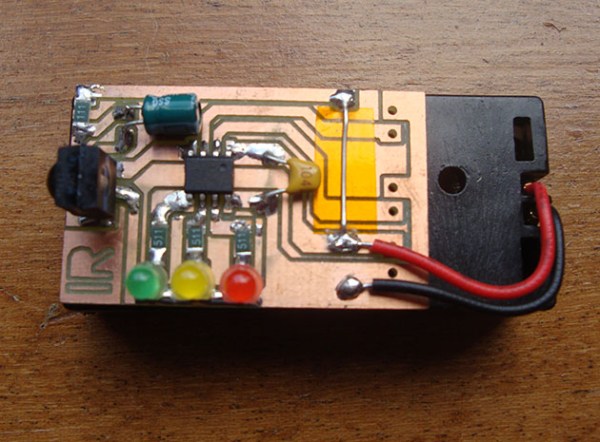The Flir One thermal camera caused quite a stir when it was launched back in 2014. Both the Flir One and its prime competitor Seek Thermal represented the first “cheap” thermal cameras available to the public. At the heart of the Flir One was the Lepton module, which could be purchased directly from Flir Systems, but only in quantity. [Mike Harrison] jumped on board early, cutting into his Flir One and reverse engineering the Lepton module within, including the SPI data required to talk to it. He even managed to create the world’s smallest thermal imager using a the TFT screen from an Ipod Nano.
 A few things have changed since then. You can buy Lepton modules in single quantity at DigiKey now. Flir also introduced a second generation of the Flir One. This device contains an updated version of the Lepton. The new version has a resolution of 160 x 120 pixels, doubled from the original module. There are two flavors: The iOS version with a lightning port, and an Android version with a micro USB connector. I’m an Android user myself, so this review focuses on the Android edition.
A few things have changed since then. You can buy Lepton modules in single quantity at DigiKey now. Flir also introduced a second generation of the Flir One. This device contains an updated version of the Lepton. The new version has a resolution of 160 x 120 pixels, doubled from the original module. There are two flavors: The iOS version with a lightning port, and an Android version with a micro USB connector. I’m an Android user myself, so this review focuses on the Android edition.
The module itself is smaller than I expected. It comes with a snap-on case and a lanyard. While you’ll look a bit like a dork wearing the lanyard, it does come in handy to keep the imager from getting lost or dropped. The Flir One has an internal battery, which of course needs to be topped off before it can be used. Mine charged up in about half an hour.






















